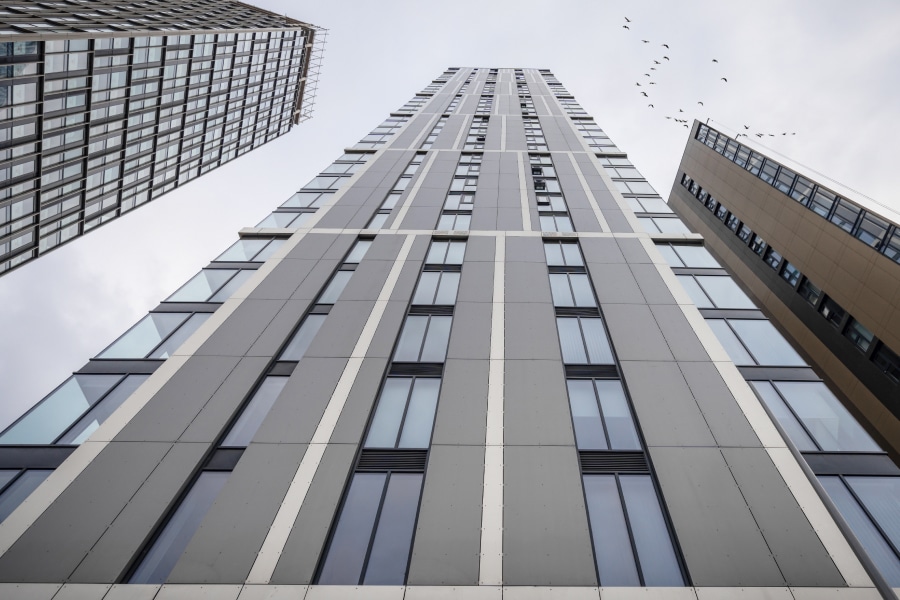At 2 a.m. local time on March 8, clocks across America adjusted ahead one hour. The time change is bad news for anyone who likes to sleep in each morning, but it’s good news for construction workers, who will gain extra daylight hours to get their work done.
However, the time change also comes with some big health risks for workers.
Heart attack and stroke risk is highest in the mornings; the loss of sleep pushes those rates even higher. A 2016 study found that the risk of stroke was 8% higher during the first two days of daylight saving; the risk was even higher for those with cancer or more than 65 years old. Another study found a 10% increase in the number of heart attacks immediately following the time change.
Most recently, researchers found that hospitalizations for atrial fibrillation—an irregular heartbeat that can lead to blood clots, stroke or heart failure—were higher for the entire week after the shift.
That’s all because the sudden, one-hour time change messes with our circadian rhythm, or “the orchestra conductor in our brain,” according to Claire Caruso, a research health scientist at the National Institute for Occupational Safety and Health. Our circadian rhythm manages our hormone cycles, body temperature, sleep and other bodily processes, and, according to Caruso, it takes about a week to recover from the time change.
Unknown impairment
Some of the biggest risks come from the fact that workers may be impaired without knowing it.
Just a few days of poor sleep quality is on par with a blood alcohol content of .08. The effects of the daylight saving shift can be complex: While the extra hours of daylight may lead to fewer traffic accidents in the evenings, it can make the roads more dangerous in the mornings, Caruso said, as commuters get used to driving in the dark and combat increased grogginess.
How to manage the change
Construction workers are no more susceptible to this grogginess than office workers, but their hours tend to start earlier in the day and their jobs tend to be more dangerous, raising the stakes.
According to the American College of Occupational and Environmental Medicine, fatigue can slow reaction times, impact decision-making and lead to poor judgment, which can make a hazardous jobsite even more dangerous. It also makes people less cooperative and effective when working in teams.
Workers need to “recognize that they may not be functioning quite as well after the time change,” Caruso said, “and that other people around them might not be functioning as well, either.”
Caruso recommends construction workers gradually adjust their sleep and wake times by 15 to 20 minutes in the days leading up to the time change and to avoid consuming sugary foods and beverages, which affect the blood sugar system and often leave us feeling even more tired.
To get through the mid-afternoon slump, Caruso suggests taking a quick walk. “Sunlight has an alerting effect,” Caruso said, “so get some sunlight and some exercise and that can boost alertness in the afternoon.”
Construction managers can do more than just remind their workers to prepare for the shift. Depending on each work site, managers could push start times back in the first few days after the time change, schedule the most hazardous projects for later in the week or double check that personal protective gear and emergency equipment is in working order.











